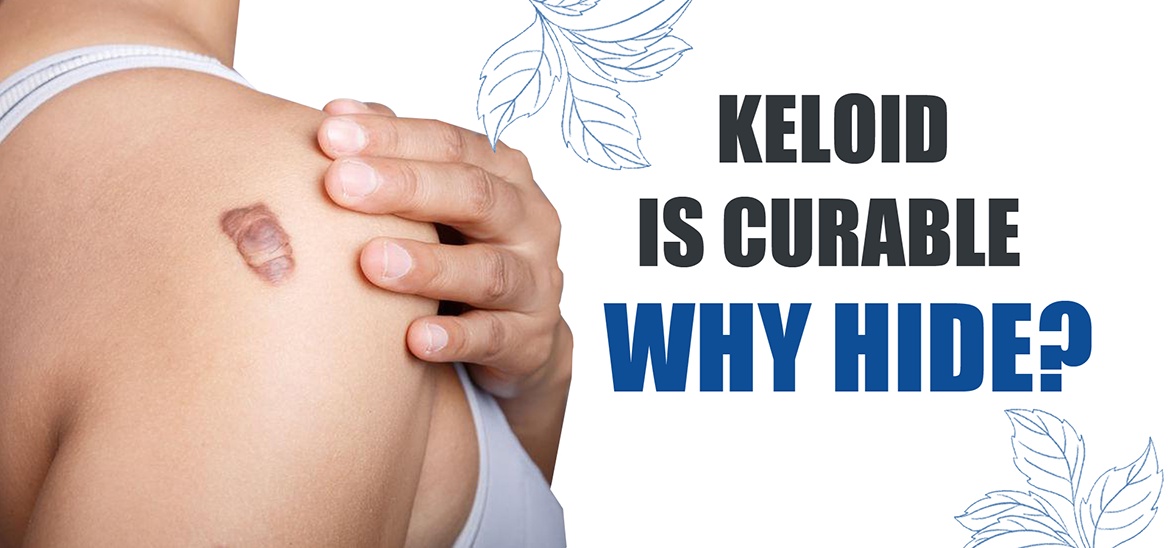Keloid scars can be more than just physical marks; they can impact one's self-confidence and quality of life. These raised, sometimes itchy or painful scars can form after injury or surgery, disproportionately affecting certain individuals. However, with advancements in medical science and a variety of treatment options available, there's hope for those seeking to diminish or even eliminate keloid scars. In this article, we'll delve into expert tips and explore various treatment for keloid scars.
Understanding Keloid Scars:
Before delving into treatment options, it's crucial to understand what keloid scars are and how they differ from other types of scars. Unlike typical scars that form as part of the natural healing process, keloid scars extend beyond the boundaries of the original wound. They are characterized by their raised appearance and can vary in size, shape, and color. Keloids can develop anywhere on the body but are most commonly found on the chest, shoulders, earlobes, and back.
Expert Tips for Keloid Scar Management:
Early Intervention: Seeking treatment at the earliest signs of keloid formation can lead to better outcomes. Dermatologists recommend addressing keloids promptly to prevent them from becoming larger and more difficult to treat over time.
Protecting the Skin: Minimizing trauma to the skin can help prevent keloid formation. This includes avoiding piercings, tattoos, and unnecessary surgical procedures in predisposed individuals.
Sun Protection: Sun exposure can worsen the appearance of keloid scars, causing them to darken and become more pronounced. Applying broad-spectrum sunscreen with a high SPF can help protect against UV rays and minimize further damage to the skin.
Pressure Therapy: Compression garments or silicone sheets can help flatten keloid scars over time by applying consistent pressure to the affected area. This method is particularly effective for newly formed keloids.
Steroid Injections: Corticosteroid injections are a common treatment for reducing inflammation and flattening keloid scars. Multiple sessions may be required, but this approach can yield significant improvement in the appearance of keloids.
Laser Therapy: Laser treatments, such as pulsed dye laser (PDL) or fractional laser therapy, can help reduce the redness and thickness of keloid scars. These non-invasive procedures target the scar tissue while sparing the surrounding skin.
Conclusion:
Keloid scars can pose both physical and emotional challenges for those affected by them. However, with the right approach and expert guidance, it's possible to effectively manage and reduce their appearance. Whether through early intervention, conservative measures, or advanced medical treatments, individuals can take proactive steps towards saying goodbye to keloid scars and reclaiming confidence in their skin. Consulting with a dermatologist or plastic surgeon is the first step towards exploring the best treatment options tailored to each individual's needs. Remember, keloid scars may be stubborn, but they don't have to define you.


No comments yet